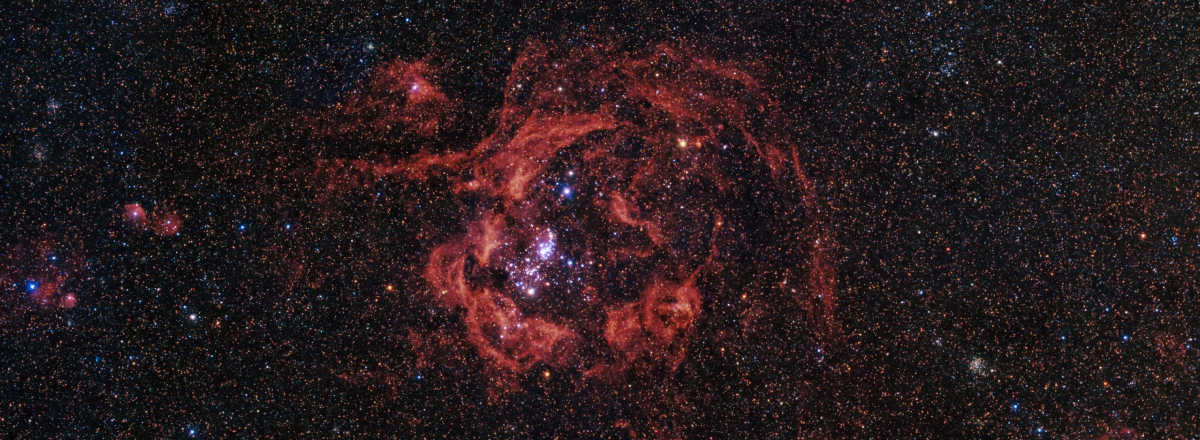Hubble Captures Rosy View of Andromeda, Milky Way's Neighbor
Known as the closest major galaxy to the Milky Way, Andromeda sits about 2.5 million light-years away and spans roughly 152,000 light-years across, making it comparable in size to our galaxy.

NASA’s Hubble Space Telescope has unveiled a stunning new image of the Andromeda Galaxy, showcasing vibrant red and pink hues in its northeast region. Known as the closest major galaxy to the Milky Way, Andromeda sits about 2.5 million light-years away and spans roughly 152,000 light-years across, making it comparable in size to our galaxy.
The detailed image reveals Andromeda’s spiral arms and glowing ionized gas clouds that fuel star formation, creating what NASA calls a “garden of star-studded roses.” Using Hubble’s advanced cameras, scientists were able to peer through the gas clouds and study a rich collection of stars, providing valuable insights into stellar formation and evolution.
Andromeda is slowly drifting toward the Milky Way, and some theories suggest the two galaxies could collide in 2-4 billion years. However, new research raises questions about this long-anticipated cosmic event.

